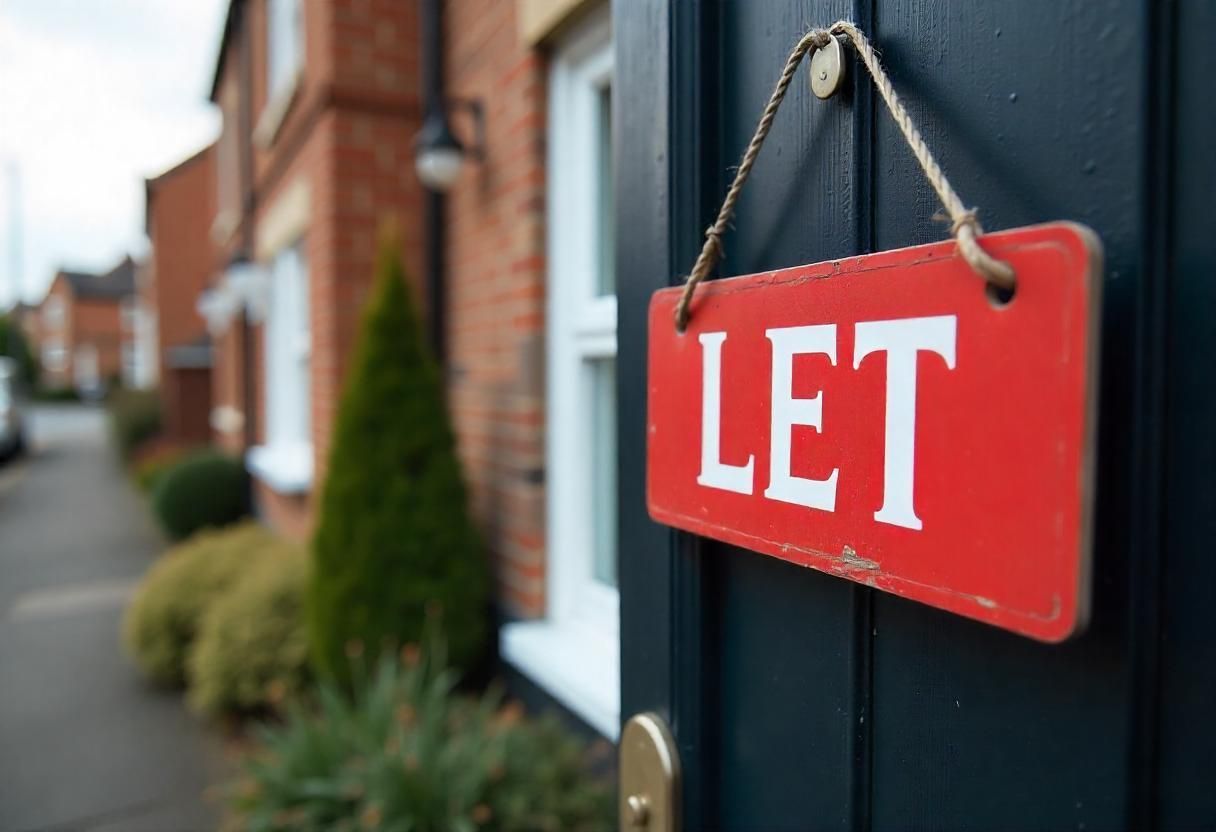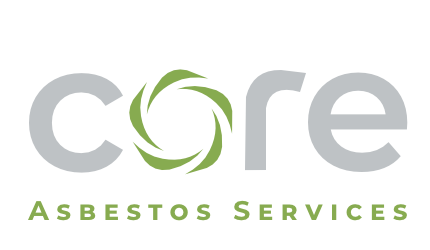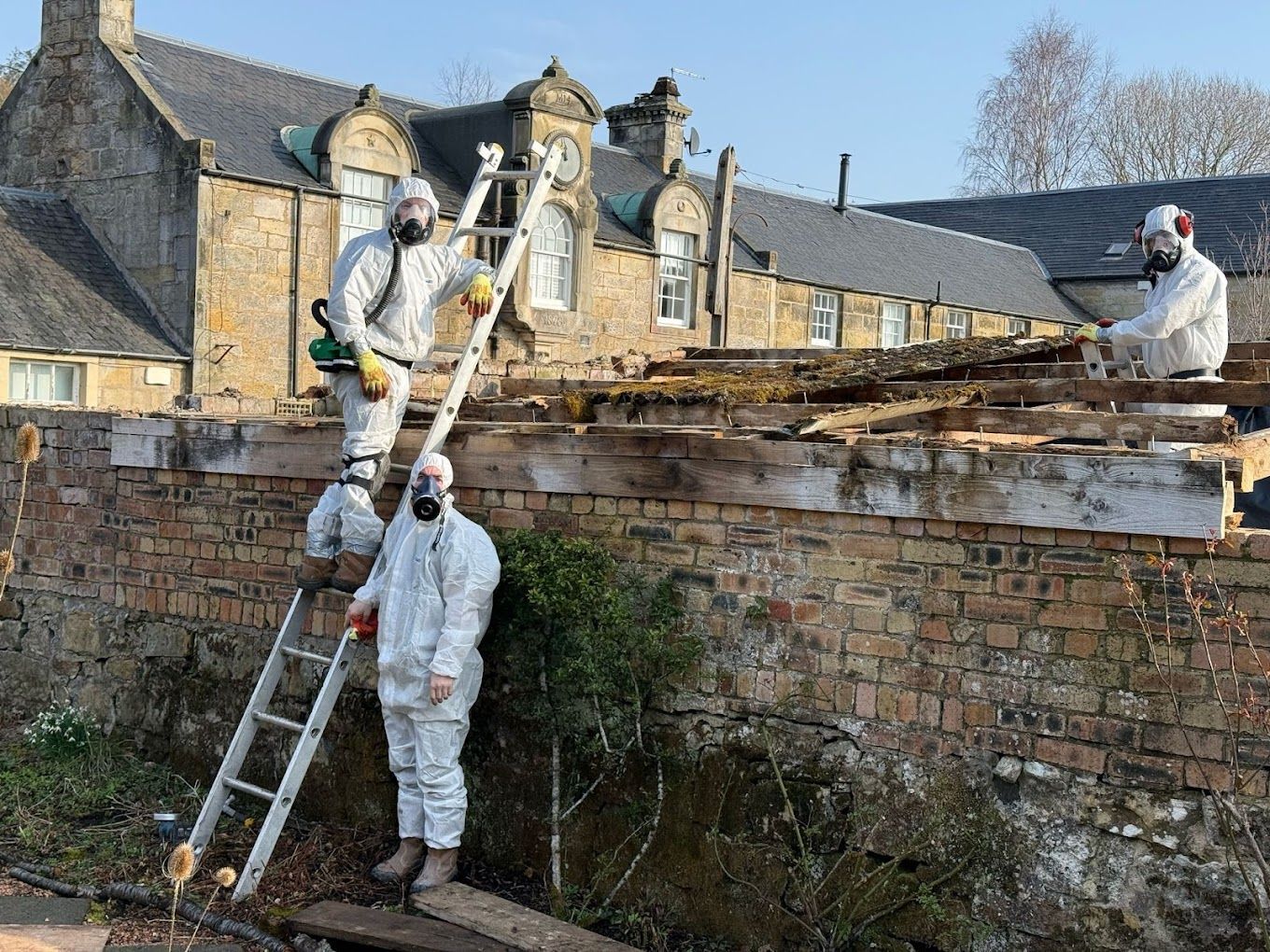Asbestos in Victorian Houses
Understanding Asbestos in Victorian Houses: Risks and Solutions
What is Asbestos and Where is it Found in Victorian Houses?
Asbestos, a hazardous material once lauded for its fire-resistant and insulating properties, was a ubiquitous component in building materials until its ban in the 1990s. During the Victorian era, its use was particularly widespread, finding its way into various elements of home construction. Think of it as the "wonder material" of its day - cheap, durable, and seemingly harmless. Unfortunately, we now know that asbestos poses significant health risks, including lung cancer and mesothelioma.
Key Takeaways:
- This article provides essential information about asbestos in Victorian homes, focusing on identification, risk assessment, and safe removal.
- Learn about common locations of asbestos-containing materials (ACMs) and the importance of professional asbestos surveys.
- Understand the risks associated with asbestos exposure and the necessary steps to manage or remove it safely.
- Discover how Core Asbestos Services can help homeowners in Edinburgh and Glasgow address asbestos concerns effectively.
In Victorian homes, asbestos can lurk in unsuspecting places. Common culprits include:
- Garage roofs and roof spaces: Asbestos cement sheeting was frequently used for roofing due to its affordability and durability.
- Walls: Asbestos insulation boards were often incorporated within wall cavities for thermal and acoustic insulation.
- Asbestos-containing products: This can range from textured coatings (like Artex) on ceilings and walls to floor tiles, asbestos water tanks in lofts, and even downpipes and guttering.
Identifying these materials can be tricky for the untrained eye, which is why professional assistance is crucial.
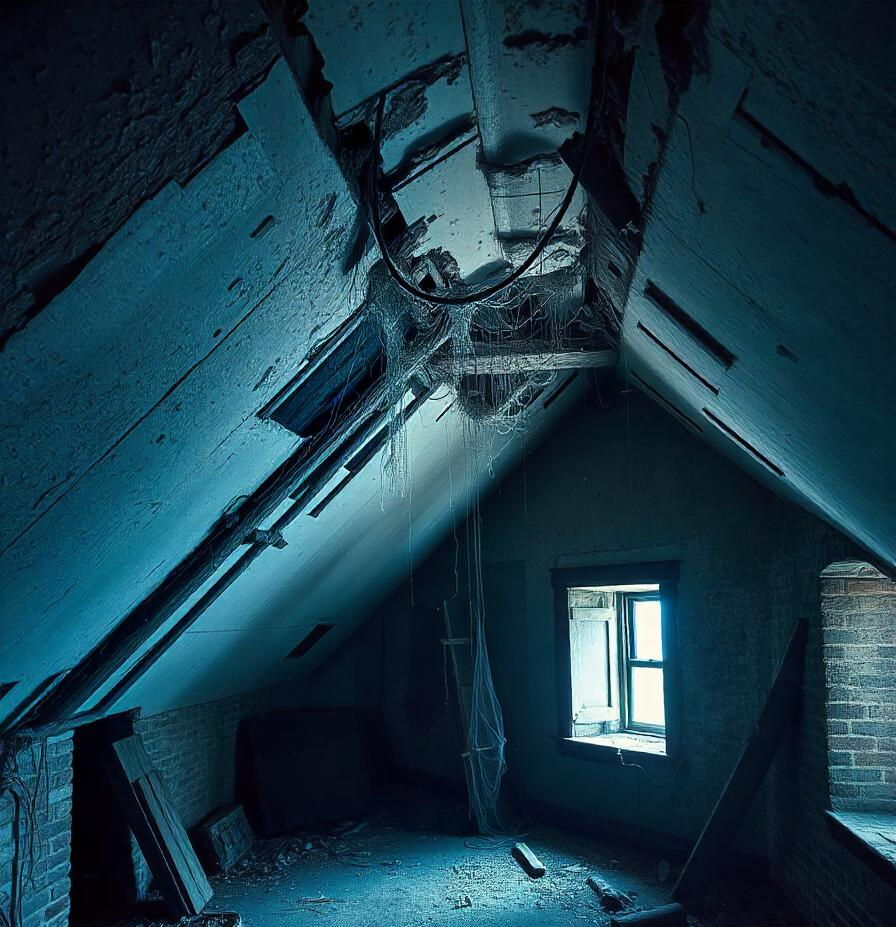
Identifying Asbestos Containing Materials (ACMs) in Your Home
While some asbestos-containing materials (ACMs) might be readily apparent, others can be concealed within the fabric of your home. Some common areas where ACMs are found in Victorian properties include:
- Insulation: Older forms of lagging around pipes and boilers, as well as loose-fill insulation in attics.
- Floor tiles: Vinyl and asphalt tiles often contained asbestos.
- Ceiling tiles: Textured coatings like Artex were commonly used and may contain asbestos.
It's important to remember that disturbing these materials can release harmful asbestos fibres into the air. Therefore, never attempt to remove or repair suspected ACMs yourself. Instead, engage a qualified professional to conduct a thorough asbestos survey.
Why a Specialist Survey is Essential
A specialist survey goes beyond a simple visual inspection. A trained surveyor will:
- Identify the type of asbestos present: Different types of asbestos pose varying levels of risk.
- Assess the condition of the ACMs: Damaged or deteriorating materials pose a greater risk of fibre release.
- Determine the extent of asbestos: This helps in understanding the scope of the problem and planning appropriate action.
- Provide a comprehensive report: This report will include recommendations for managing the risks associated with the identified ACMs.
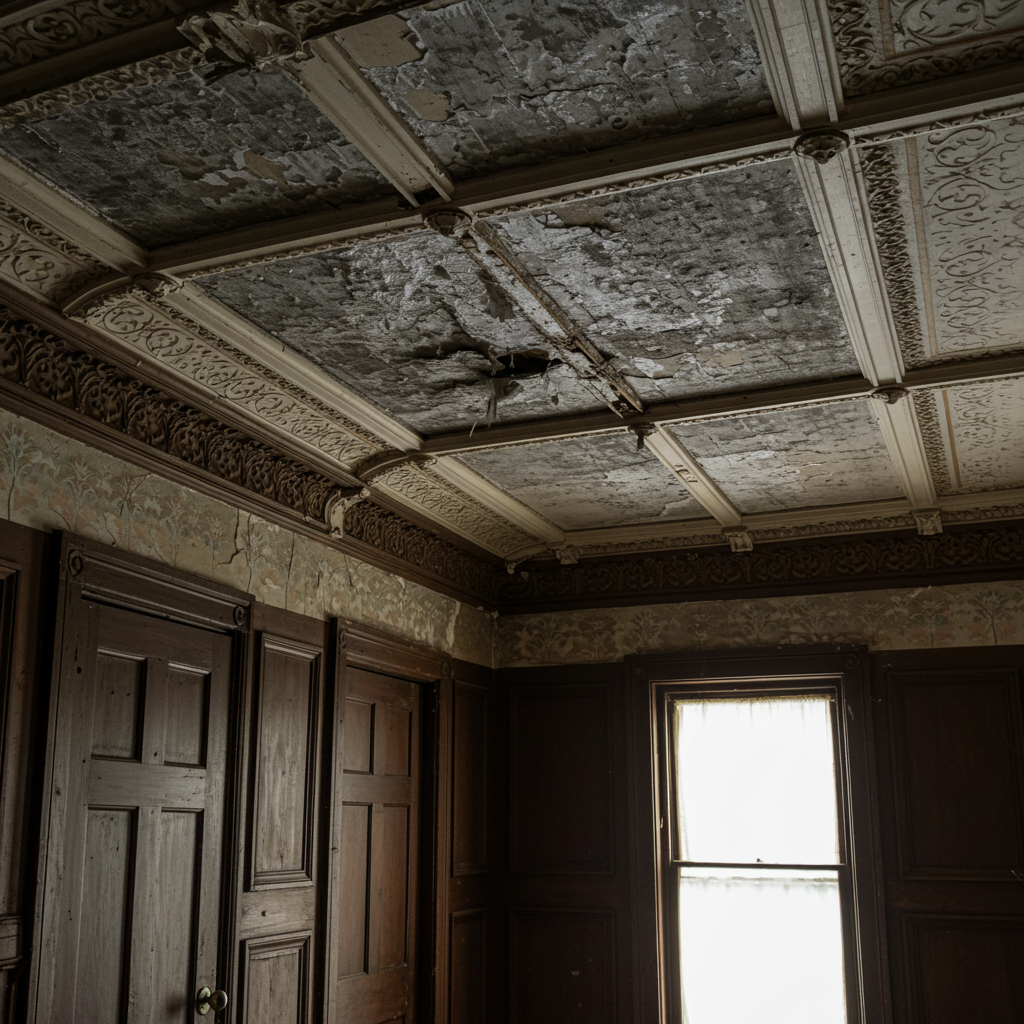
Managing Asbestos Risks in Your Home
If asbestos is identified in your home, don't panic. The key is to manage the risks effectively. This may involve:
- Encapsulation: Sealing the asbestos-containing material with a special sealant to prevent fibre release.
- Enclosure: Building a barrier around the ACMs to limit access and prevent disturbance.
- Regular monitoring: Periodic inspections to check the condition of ACMs and ensure they remain stable.
Remember, avoid any DIY activities that involve drilling, sanding, or disturbing suspected asbestos-containing materials.
Safe Removal and Disposal of Asbestos
In some cases, asbestos removal might be the most appropriate course of action. This is particularly true if the ACMs are damaged, likely to be disturbed, or if you're planning renovations.
Asbestos removal is a highly regulated process. Always hire a trained asbestos removal contractor who will:
- Follow strict safety protocols: This includes using specialist equipment, wearing personal protective equipment (PPE), and implementing controlled work zones to prevent fibre release.
- Dispose of asbestos waste responsibly: Asbestos waste must be transported and disposed of at licensed facilities in accordance with regulations.
Regulations and Safety Precautions
Asbestos is classified as a hazardous waste material, and its handling is subject to stringent regulations. These regulations aim to protect both workers and the public from exposure to asbestos fibres. Key aspects include:
- Professional: Only trained contractors can carry out asbestos removal work.
- Personal Protective Equipment (PPE): Workers must wear appropriate PPE, including respirators, overalls, and gloves.
- Controlled work zones: The work area must be sealed off to prevent the spread of asbestos fibres.
- Air monitoring: Regular air monitoring is conducted to ensure that fibre levels remain within safe limits.

Asbestos in Victorian Public Buildings
The legacy of asbestos isn't confined to residential properties. Victorian-era public buildings, such as schools, hospitals, and libraries, often harbour significant amounts of asbestos. These buildings pose a unique challenge due to their size, complexity, and the potential for widespread exposure.
Common areas where asbestos may be found in public buildings include:
- Boiler rooms and pipework: Asbestos insulation was extensively used on boilers, pipes, and ducts.
- Fireproofing: Sprayed asbestos coatings were applied to structural steelwork and ceilings for fire protection.
- Wall and ceiling panels: Asbestos cement sheeting was used for walls, partitions, and ceiling tiles.
Managing asbestos in public buildings requires a proactive and systematic approach, with an emphasis on regular inspections, risk assessments, and controlled removal where necessary. This is crucial to safeguard the health of building occupants and visitors.
Next Steps: Protect Your Home and Your Health
If you suspect asbestos is present in your Victorian home, taking proactive steps is crucial. Here's what you should do:
- Contact a specialist asbestos surveyor: Arrange for a comprehensive asbestos survey to identify and assess any ACMs in your property.
- Review the survey report: Carefully consider the surveyor's recommendations for managing the risks.
- Engage an asbestos removal contractor (if necessary): If removal is recommended, choose a reputable and trained contractor.
- Prioritise safety: Ensure that all safety protocols are followed during any asbestos-related work.
Core Asbestos Services in Edinburgh and Glasgow are experts in asbestos surveying, management, and removal. With a team of highly trained and licensed professionals, we provide comprehensive solutions tailored to your specific needs. Contact us today for a free quote and ensure the safety of your Victorian home.
